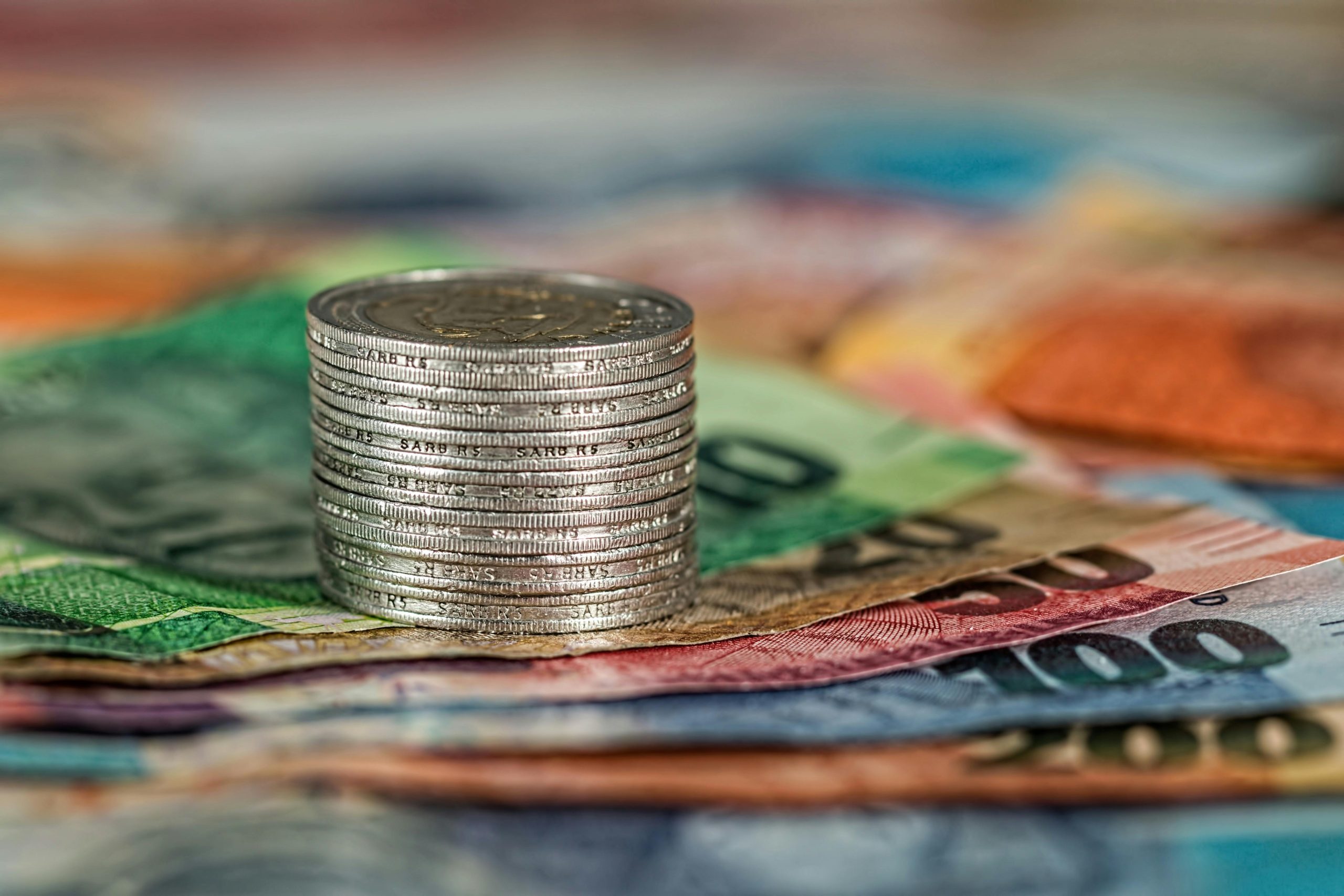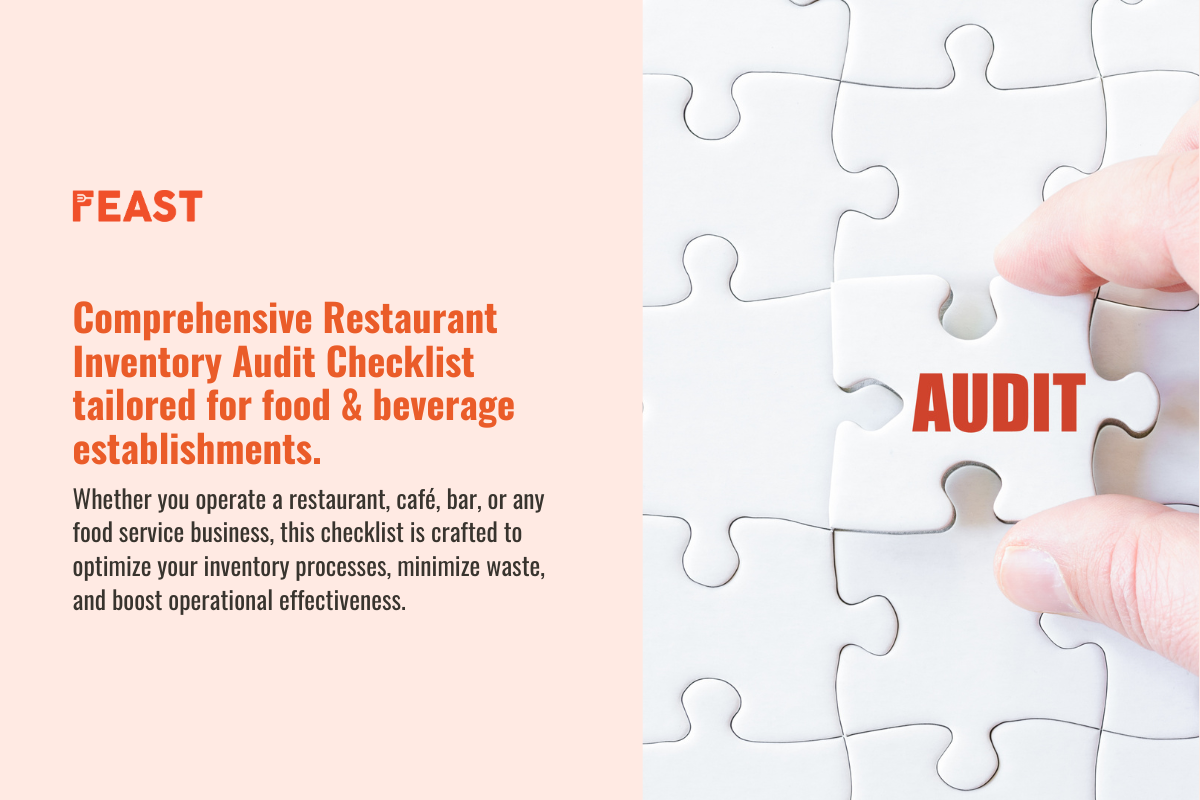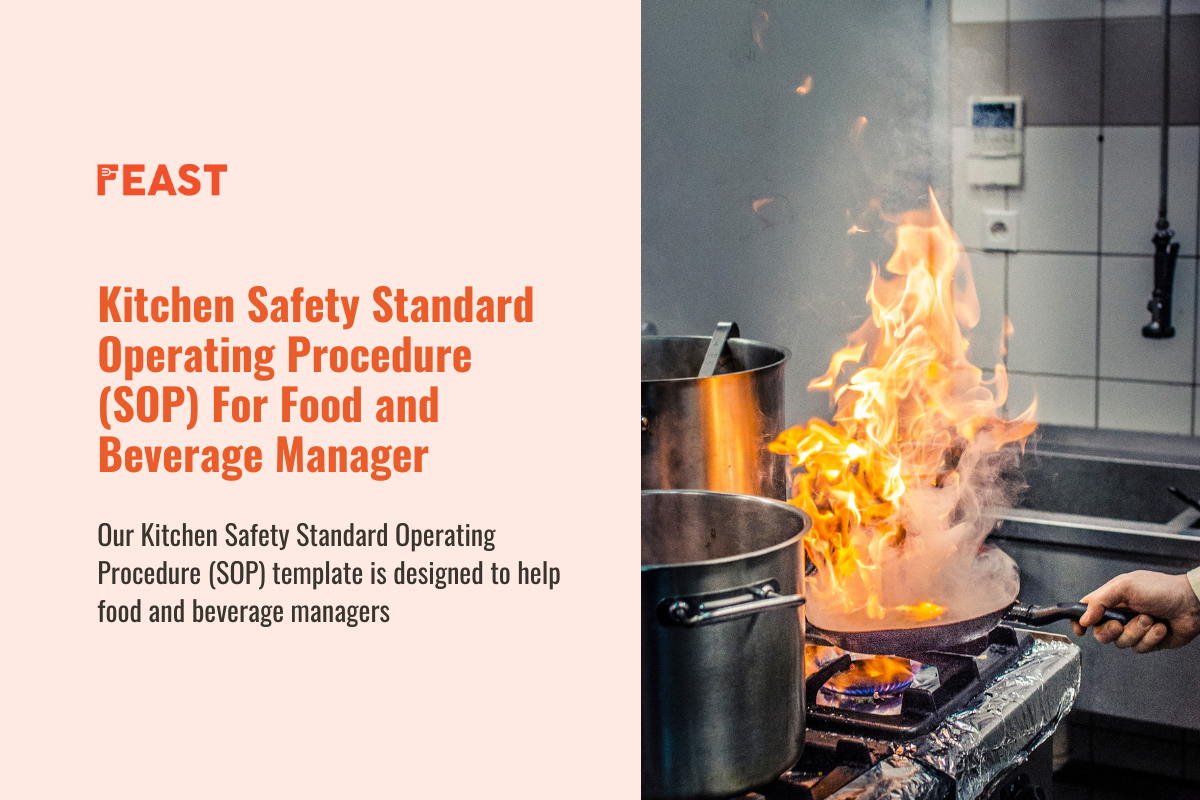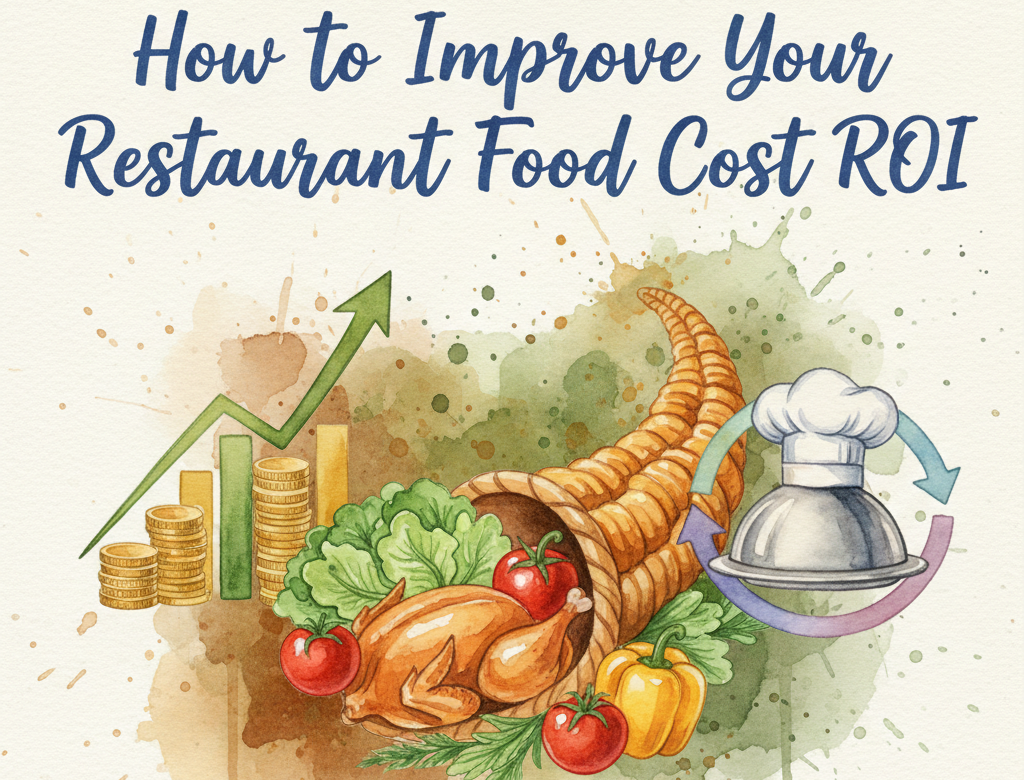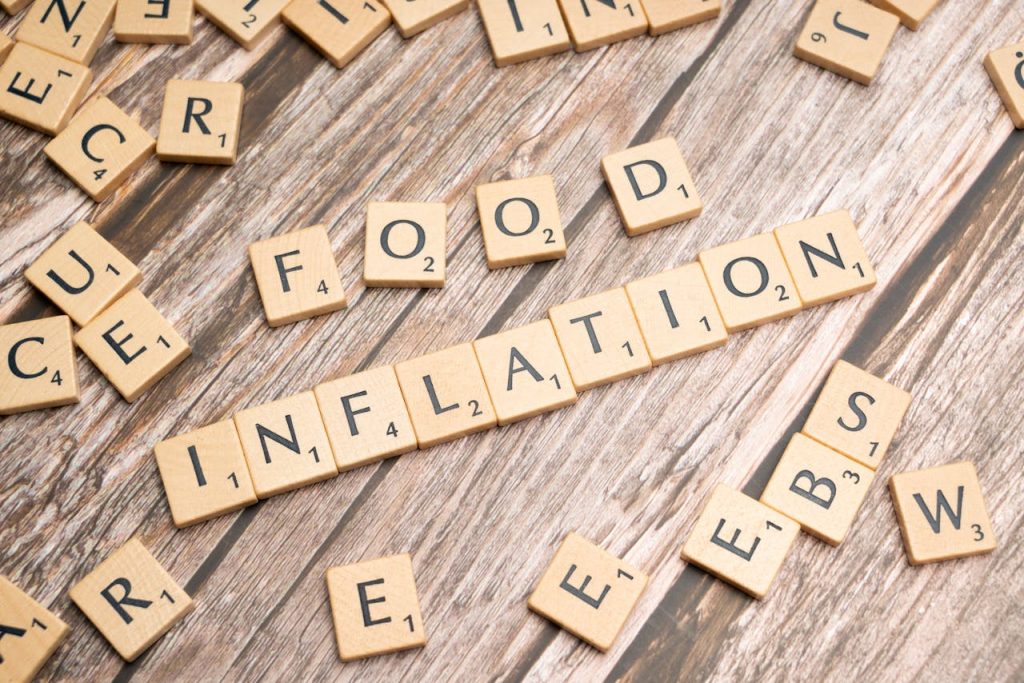In this blog, we’ll explore the Goods and Services Tax (GST) and the Sales and Services Tax (SST) in Malaysia. You’ll learn what SST is, how it replaced GST in 2018, and the key differences between these tax systems. We’ll also delve into the current SST rates, the process of calculating SST, and the impact of both GST and SST on restaurant owners. If you’re a new restaurant owner, then this is the perfect guide for you to get educated about GST Vs SST in Malaysia. This will help you in being compliant with the complex tax laws.
What is SST in Malaysia?
SST was reintroduced in place of GST in 2018. It is a single-stage tax that is levied at the final point of sale of goods or the final point of service delivery for services. It has 2 components: service tax and sales tax.
Sales tax – applies to all those taxable goods that are manufactured in or imported into Malaysia.
Service tax refers to the tax that is levied on services offered by taxable people in Malaysia.
Goods and Services Tax in Malaysia
GST, also known as goods and services tax, was introduced in 2015 in Malaysia. It is a multistage tax that was implemented in place of the Sales and Service Tax in Malaysia. It is levied at every stage of consumption as compared to SST, which used to be levied at one stage, either at the manufacturing stage or at the consumption stage. Businesses collect GST on behalf of the government; it is a type of indirect tax that is paid by people.
GST vs SST in Malaysia
How to Calculate SST in Malaysia?
Current SST rate in Malaysia – Currently, the Sales and Service Tax in Malaysia is 8%.
Restaurants are considered taxable for the services provided by them. If the restaurants have more turnover than RM 500,000, then they are eligible to pay the service tax.
For example, if the Turnover of the restaurant is RM 500,000 and the rate is 8 % then
500,000 * 0.08= 40,000
The restaurants have to pay 40,000 as the SST for that month to the Malaysian Government.

Impact of GST and SST on Restaurant Owners
GST
During the GST era, restaurant owners were able to collect an additional 6 % on the bill, which was passed on to the customers. They used to claim input tax credits on this, and the margin was much higher as this was collected on multiple stages.
It required detailed accounting and reporting at every stage, and restaurant owners had no option but to employ specialized accountants for this purpose.
The addition of GST on customers’ bills was discouraging for them it can negatively impact their spending behavior.
SST
Since SST is a single-stage tax, the profit margins are much lower than usual. The restaurant owners won’t be able to claim input tax credits on this. Which makes it difficult for them, as the profit margins are much lower than usual. They have to adjust the pricing of the menu items to be profitable.
SST is simple to understand and comply hence the administrative burden of restaurant owners is reduced because of this.
The single-stage nature of this tax has a lesser burden as compared to GST. It doesn’t make them feel overwhelmed by the tax.
What are the Updates in 2025?
1. Service Tax on Restaurant Services
- Beginning 1 July 2025, all food & beverage services will continue to be subject to a 6% service tax. Standard rate remains unchanged.
- However, the turnover threshold for restaurants has increased. Once your annual taxable turnover exceeds RM1,000,000, you must register for SST (previously RM1.5m or RM500k for other services).
2. Expanded Service Tax Scope
- The SST service tax scope now includes more categories like leasing/rental, construction, financial services, private healthcare, and education (though beauty services were later excluded).
- For restaurant owners, this means any B2B services you procure (e.g., if you lease premises or hire decorators/consultants) may now include SST at 6–8%. So your costs could rise.
3. Revised Sales Tax on Goods
- Although restaurants aren’t directly affected by goods tax, non-essential imported goods like king crab, salmon now face 5% sales tax, while luxury items (like racing bicycles or fine art) are at 10%.
- If you import premium foods, you’ll need to account for this added cost.
4. Transition Period
- A grace period until 31 December 2025 applies. There will be no penalties for late registration or filing, as long as you take reasonable steps to comply
- Use this time to update invoicing, accounting systems, training, and vendor contracts.
In summary, we explored the key aspects of the Sales and Services Tax (SST) and the Goods and Services Tax (GST) in Malaysia. SST, reintroduced in 2018, is a single-stage tax with separate sales and service components. GST, implemented in 2015, was a multi-stage tax covering every consumption stage. We also compared their impacts, especially on restaurant owners, detailing the calculation of SST and current rates. Understanding these tax systems will help you navigate compliance and pricing strategies effectively.
If you want to know how you can manage your restaurant effectively then get a free demo from EasyEat and see how it can work wonders for your restaurant

